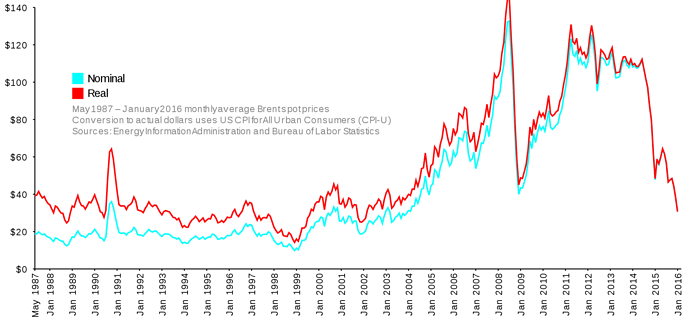Microgrids are small scale networks (most would be private) that join a few users together. If you want to go further you can have both a microgrid and a connection to the larger mainstream network. It is just a matter of setting up the connections so that both or individual circuits are supplied at any one time.
As the article explains p2p can also be set up. It is being trialled by the larger players eg AGL and Origin but they would want to remain involved as they want to profit from the use of power. It doesn’t always need their involvement but if you wanted national sharing then there is a need for a cooperation between State networks at least and any privately owned networks.
Not all trading needs to be done by the larger network eg if you have excess energy stored in your car battery you could hook into a household system to supply power or charge their battery system as long as they have the ability to draw from the source. From a BBC article:
"But the carmaker Nissan is hoping to go a step further.
At the Nissan Technology Centre in Cranfield, Bedfordshire, a number of the company’s electric Leaf models are lined up alongside a bank of chargers. But these cars aren’t just drawing energy from the grid; they’re also putting it back.
The system is called Vehicle to Grid, or V2G. The Japanese company is developing it in partnership with the Italian power firm Enel and is already operating a small trial hub in Denmark.
Electric cars are, in effect, energy storage devices, and because they spend much of their time parked up not doing anything they can help smooth out the peaks and troughs in energy demand.
“Basically, we can consider the car as a battery with wheels,” says Maria Laura Corallini, the engineer in charge of the V2G project.
“You can use the energy storage capability in the battery to provide specific services back to the grid.”
The system uses software to regulate the charging level of multiple vehicles.
When the grid needs extra power, it can draw very small amounts from each individual vehicle. When energy is abundant, it can top them up again. Users will get paid for the electricity they provide.
If thousands of cars are connected together, then the amount of energy given back to the grid can be substantial, and it can be varied on a second-by-second basis.
Ms Corallini calls it “a virtual power station”.
It is a complicated system, and Nissan has been testing it on a small scale at Cranfield for more than a year.
Initially the plan is to sell it to businesses that operate large fleets, although the company says it will also introduce a residential version. Other organisations are also experimenting with the technology.
Not everyone agrees that V2G makes commercial sense, however. The chief technical officer of Tesla, JB Straubel, for example, has suggested in the past that he doesn’t see it becoming a viable solution, largely due to its cost and complexity.
Some experts have suggested it could accelerate battery degradation, although Ms Corallini insists the reverse is true, because the car is maintained in an optimum state of charge.
A recent study by researchers at Warwick University came to a similar conclusion, suggesting V2G technology could increase battery life by up to 10%."
Some other articles on selling or using excess or stored power:
![]()

